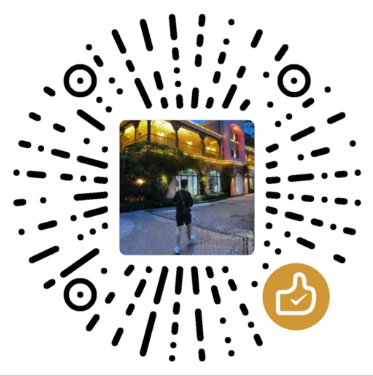A Quantum Antenna as Chiral Light-Matter Interface
A Quantum Antenna as Chiral Light-Matter Interface
One of the current main goals of quantum technologies is the realization of quantum networks to distribute quantum information. In quantum optical platforms, the idea is to design quantum nodes with stationary qubits, while photons propagating in 1D waveguides represent quantum channels. Achieving the regime of strong coupling between qubits and waveguides modes remains however challenging, as it requires e.g. trapping atoms close to dielectric surfaces or using macroscopic optical resonators as interface.
In this talk we present the design of a free-space interface between light and single atoms, where the aim is to connect atoms as qubits using photons propagating in free space, rather than in a waveguide. This is obtained by coupling each qubit in a laser-assisted process to an array of atomic emitters with subwavelength spacings [1]. Using lasers to control the phases in these couplings, the atomic arrays are engineered to emit and absorb photons propagating only in a single paraxial gaussian mode of the radiation field. Our model can be implemented with neutral atoms, by mediating the interaction with Rydberg-dressed states.
We discuss two different strategies to achieve a high qubit connectivity with this setup. First, using bilayer atomic configurations, each atomic array can be engineered such that they absorb and emit photons propagating in a single direction. In this regime the arrays act as ‘chiral’ phased-array optical antennas, mediating the interaction of qubits with unidirectional photons [2]. In the second regime, the two atomic arrays support a long-lived delocalized subradiant state as collective excitation [3]. This ‘dark’ state behaves as a high-finesse single-mode resonator, which can be used to mediate coherent interaction between qubits, and can be realized using a single layer for each atomic array.

 微信扫一扫
微信扫一扫